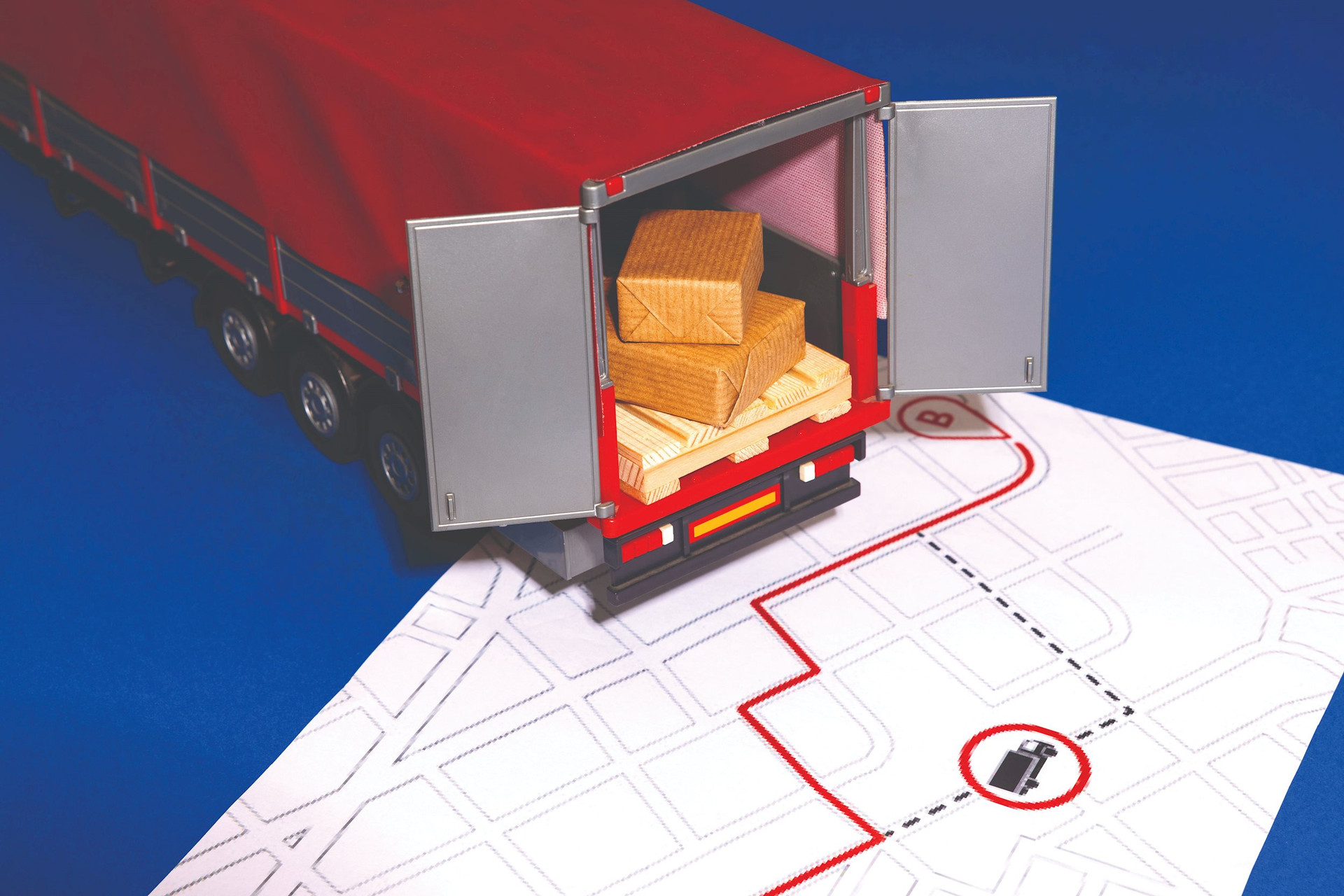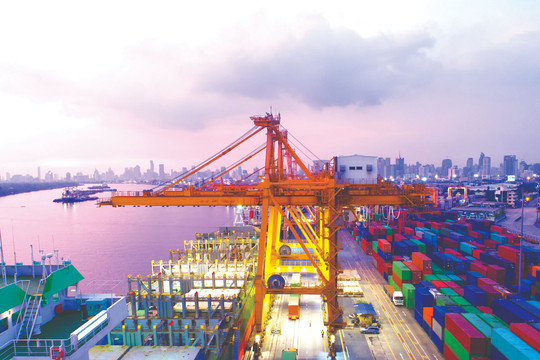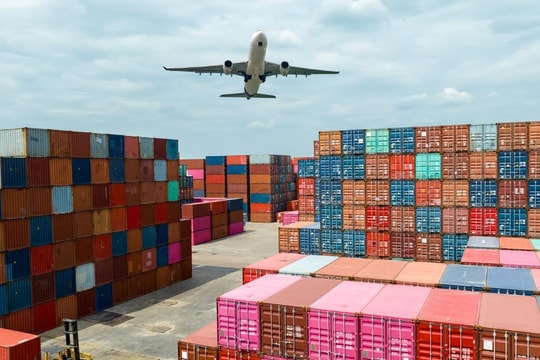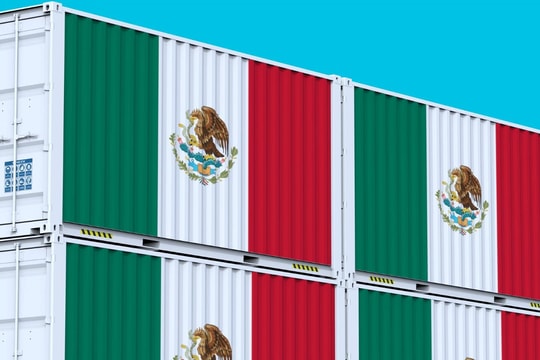What is logistics simulation?
Logistics simulation is a technique used to create models of operational processes in the logistics industry. It can help managers gain a better understanding of the factors influencing the efficiency of logistics processes, enabling them to make decisions to optimize operations. Logistics simulation models can include elements such as warehouse management, transportation, order management, resource management, cost management, and risk management. This method can help managers better understand how these factors impact logistics operations and make decisions to improve the efficiency of the logistics system. Logistics simulation can also help managers assess the impact of external factors on logistics operations, such as climate change, price fluctuations, or new legal requirements. From there, they can develop appropriate strategies to minimize risks and optimize the efficiency of the logistics system.

Methods of logistics simulation
There are several different methods for conducting logistics simulation, including:
» Modeling and simulation: This is the most common method in logistics simulation. It involves designing a mathematical model of the logistics process and operations, then using simulation software to generate scenarios and collect data from these simulations. This method allows managers to test different strategies and scenarios to optimize the efficiency of the logistics system.
» Event-driven simulation: This method is based on specific events and time. It helps managers gain a better understanding of how various factors (e.g., changes in supply-demand) affect logistics operations and make appropriate decisions.
» Quantitative simulation: Based on data and statistical figures. This method allows managers to gain a better understanding of trends and relevant data related to logistics operations, enabling them to make appropriate decisions.
» Descriptive simulation: This method uses scenarios and storytelling. It helps managers gain a better understanding of how various factors affect logistics operations and make appropriate decisions. However, this method may be less accurate and difficult to replicate.
» Network simulation: This method is based on transportation networks. It helps managers gain a better understanding of how various factors within the transportation network impact logistics operations and make appropriate decisions.

Implementation steps of logistics simualation
The implementation steps for logistics simulation can be summarized as follows:
» Define the objectives and scope of the simulation. For example, optimizing the transportation process or forecasting delivery times.
» Collect data on the transportation process, including information on locations, time, different transportation solutions, and other underlying factors.
» Build the model: Based on the collected data, construct a transportation model. This model can use quantitative methods such as mathematical models or simulation models to represent the transportation process.
» Test and evaluate the model: After building the model, test and evaluate its accuracy by comparing simulation results with real-world data.
» Perform analysis and research: Use the model to conduct various analyses and research, such as optimizing the transportation process or assessing the impact of different factors on the transportation process.
» Draw conclusions and propose solutions: After completing the simulation, draw conclusions and propose solutions to improve the transportation process.
Characteristics of logistics simulation of Vietnamese

Vietnam is a developing country with its own specific challenges in logistics simulation. Here are some key difficulties:
» Data: Data collection is crucial in logistics simulation. However, in Vietnam, this process is still incomplete and inaccurate due to various reasons such as technology gaps and ineffective management.
» Terrain: Due to the complex terrain in many regions of Vietnam, including high mountains and hilly areas, transporting goods can be more challenging compared to flat regions or urban areas.
» Legal regulations: The legal regulations regarding freight transportation in Vietnam are still quite complex and sometimes unclear. This can pose risks in logistics operations.
» Workforce: Modern logistics technology requires a workforce with high expertise. However, in Vietnam, the number of specialized personnel in this field is still limited.
In conclusion, using simulation models allows us to optimize warehouse operations, reduce costs, improve service quality, and enhance customer satisfaction. Additionally, logistics simulation helps businesses understand and forecast new trends in the logistics industry. This enables them to be prepared and develop suitable strategies to leverage new opportunities in the field.
(*) Socio - Economic Simulation and Forecast Center of Ho Chi Minh City






.png)







.png)


